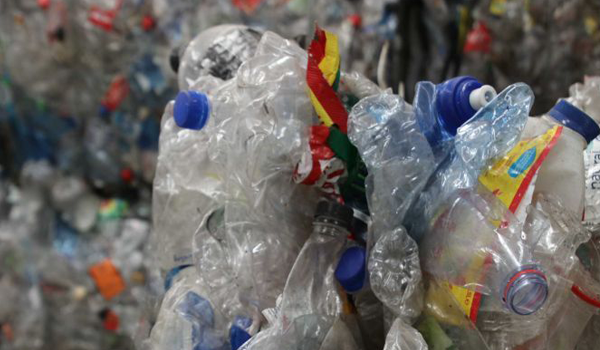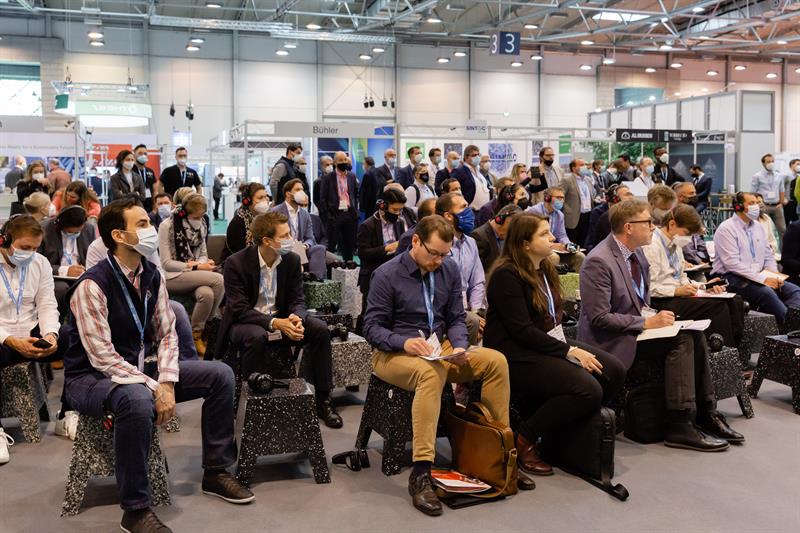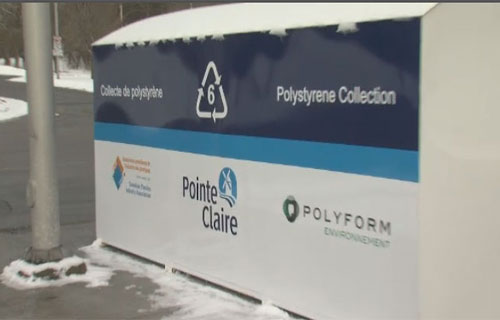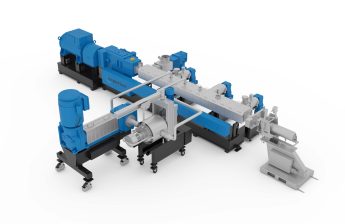Staeger Packaging’s Ian Jamie goes on a fact-finding mission to find out what happens when plastics are recycled while also offering what strategy the UK should take.
Anyone who saw the BBC’s Blue Planet II could not help but be very alarmed and sad about the amount of plastic waste that exists in our seas at the moment, and the damage it is causing. If we consider ourselves to be custodians of our planet, then this generation does not seem to be doing a very good job!
With this self-criticism behind me, I decided to find out what happened to our products after they had left the household and to see, with what I had learnt, if I could improve my small corner of the earth.
Staeger Packaging makes transparent packaging from recycled PET, cartons, tubes and vac forms, from three manufacturing sites in Europe, Switzerland, Czech Republic and UK. There is also a sales office in Germany. Our feedstock over the years has changed from PVC to APET to recycled PET (rPET). This was mainly due to M&S, who instigated plan A, many years ago.
In our industry, we were one of the main promoters and developers of rPET with 60% post-consumer waste “Recyclear”. In addition, our factory/office waste is also recycled and we receive a healthy price for our post-industrial PET waste. Solar panels drive our energy during the summer.
The largest Material Recovery Facilities (MRF) are owned by Biffa, Viridor, Suez and Veolia. My first visit was to Biffa in Aldridge. Here, most councils deliver in co-mingled waste, a mixture of the various polymers but not all. The only item that is destined for landfill/Incineration at this stage is black plastic. Other items, such as windowed cardboard cartons and multi polymer plastic trays (PE/PET) are also difficult to recycle. There are four near infra-red sorters at Biffa and one is used to pick off the PET items, whether they are printed or unprinted. I deposited our cartons on the conveyor with the co-mingled waste (a mixture of plain, lightly printed and heavily printed recycled PET) and they all, without exception, were picked off into the PET line to be baled for further processing. So far so good!
The next stage took me to Viridor in Rochester. Viridor has eight near infra- red sorters and takes Biffa’s baled PET (and others) and sorts it into unprinted PET and printed PET (Jazz PET). The unprinted PET is then baled and sold potentially to the UK’s food grade plastic recyclers and the printed PET is baled, probably ready for export to the garment industry, albeit the UK’s black plastic tray and the strapping industries may take some. Once again, I unloaded my mixture of plain, lightly printed and heavily printed cartons onto the conveyor to see what happened to them. The results were interesting. The plain and lightly printed (translucent inks and relatively small areas of solids) found their way into the natural bale, which was good. The heavily printed ended up in the Jazz PET bale!
The more PET that goes to the UK’s food grade plastic recyclers, the better (plain and lightly printed) as at least some of the box will be recycled here in the UK. The printed parts will still need to be exported probably, but this could change. It is better than the whole box being exported although do we need to look at this with our customers?
I favour closed loop recycling — all our waste plastic should recycled and reused within Europe and any imbalance to be incinerated safely, waste to energy. I was very excited to read in Packaging News about two new projects involving waste plastic. The first was the liaison between Unilever and Ioniqa to convert all PET waste, whether coloured or not, back to its natural state — transparent virgin food grade material. Could lead to a lot more PET waste being recycled in the UK?
Another development involved a company called Macrebur, who could take our printed plastic waste and use it to make road surfaces. With the amount of potholes around, this could be very useful!
A third initiative by a company called Break Down Plastic, is an additive, which can be added to any plastic that allows it to break down, in anaerobic conditions, into it natural constituent parts. As most plastic will be either be incinerated or landfilled at its end of life (after recycling seven or eight times) around the world, then this has to be taken very seriously indeed.
In summary, the plastic waste issue is far more complex than I ever could have imagined. Staeger have over the years strived to ensure that the recycled PET they use comes from a recycled food grade source, in line with the M&S specification of 60% post-consumer waste. Equally, attention has also been focused on the PET’s end of life, to give it the greatest possible chance of being harvested successfully here in the UK. Whether the material is recycled or not is another matter!
In addition from the middle of this year, we will be using UK plastic made from UK waste, the only transparent packaging company to do this. We have also commissioned a report (part funded by the EU) by the National Non Food Crop Centre in York to examine all the bio polymers in existence to see if we can find one that meets everyone’s needs. We are currently trialling one that is home compostable and fully recyclable for Waitrose
To conclude, I would like to offer some considerations for long term solutions to the UK’s plastic recycling problem and how I see success might be achieved in the future. Overall I think the government needs to be far more prescriptive. My points are:
- I would start off in the education sector to try and mould future habits into successfully disposing of plastic at their end of life. This should be part of the industrial strategy;
- I would encourage better packaging design to aid recyclability;
- I would encourage the reduction of the amount of polymers in packaging and invest in educating the public on what they are and how to do deal with them;
- I would insist on a uniform approach by councils to collecting recycled waste from our homes;
- I would implement a much better system of collecting and recycling waste in our public places (such as a Deposit Return Scheme). More bins needed please;
- Government to support the recycling sector through its industrial strategy, provide suitable encouragement/safe guards for entrepreneurs/organisations to set up more plastic recycling facilities. The PRN system should be reformed for instance, to favour home recycling;
- Government to support industries that deliberately set out to use recycled plastics as their feedstock through their industrial strategy;
- Government through its Industrial strategy to have a more considered approach to incineration, waste to energy. Surely that’s a better approach to exporting plastic waste to unregulated parts of the world?
Source : packagingnews.co.uk









